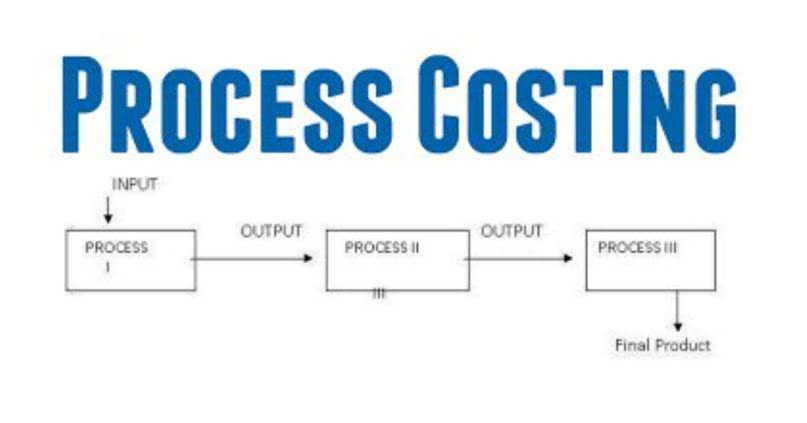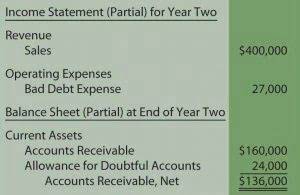
Stock dilution includes offerings, warrants, and other convertible derivatives. When these are executed, the number of floating shares increases … and so does the number of shares outstanding. The outstanding shares figure is useful to know for an investor that is contemplating buying shares in a company. Dividing the number of shares to be purchased by the number of shares outstanding reveals the percentage of ownership that the investor will have in the business after the shares have been purchased.
Outstanding vs. issued vs. float
Lastly, divide the total value by the total number of shares purchased to arrive at the weighted average share price. All companies must report their common stock outstanding on their balance sheet. You can do that by navigating to the company’s investor-relations webpage, finding its financial reporting, and opening up its most recent how to calculate outstanding shares 10-Q or 10-K filing. Helpful Fool Company’s board has elected to issue just 2,000 shares at this time. Therefore, the company currently has authorized 5,000 shares and has 2,000 shares issued and outstanding. When you look a little closer at the quotes for a company’s stock, there may be some obscure terms you’ve never encountered.
Related stock market topics

Subtracting treasury shares from the total number of shares issued gives the number of outstanding shares. Let us understand how to calculate outstanding shares with a simple example. A food distribution company, FoodZilla Ltd has issued a total of 10,000 equity shares. Of these, 6,000 shares are floating stock i.e. held with the general public. Outstanding shares provide insights into a company’s size, ownership structure, and market capitalization. The number of outstanding shares affects several key financial metrics and ratios, including earnings per share (EPS) and price-to-earnings (P/E) ratio.
Unraveling the Mystery: What is a Reverse Mortgage?
Different ratios may use the basic number of outstanding shares, while others may use the diluted version. This can affect the numbers significantly and possibly change your attitude toward a particular investment. Furthermore, by identifying the number of restricted shares versus the number of shares in the float, investors can gauge the level of ownership and autonomy that insiders have within the company.

- Given continuously changing stock prices, the investor will calculate a weighted average of the share price paid for the shares.
- The number of shares outstanding can be computed as either basic or fully diluted.
- The company can’t sell them into the open market unless it issues new shares with a dilution or stock split.
- And if these instruments are in the money, they represent current ownership of the company, even if technically the shares underlying the options, warrants or debt haven’t yet been issued.
- Jeff Williams is a full-time day trader with over 15 years experience.
- The number of shares outstanding increases if a company sells more shares to the public, splits its stock, or employees redeem stock options.
One such important term is Outstanding shares or Shares Outstanding. Outstanding shares is the total number of shares available in the secondary market. Through outstanding shares, investors can measure a stock’s liquidity. If you do not understand what are outstanding shares or how to calculate it, then this article is perfect for you. Outstanding shares are the number of shares used to determine a company’s market cap and its earnings per share (EPS).
Check the Company’s Balance Sheet
Similarly, the number of outstanding shares of a company can also decrease when the company decides to buy back its shares. Therefore, the number of outstanding shares of a company is not static and is bound to change over time. Warrants grant the stock bearer the right to purchase additional shares of outstanding stock from the company’s treasury. Stocks outstanding rise as warrants are exercised, while Treasury stock counts fall.
Stock Splits
- StocksToTrade in no way warrants the solvency, financial condition, or investment advisability of any of the securities mentioned in communications or websites.
- If the firm is motivated by a potential increase in its valuation metrics, it may manipulate investors.
- This leaves only 2 million shares for the public, meaning that the float of only two million shares may restrict the stock’s liquidity.
- It will also change if the number of shares changes through an offering or stock buyback.
- The company can increase or decrease the number of shares outstanding by issuing new shares or via share repurchases (buybacks).
- There are a number of different types of stocks that companies issue.
Thus, in revisiting the EPS calculation, $200,000 divided by the 150,000 weighted average of outstanding shares would equal $1.33 in earnings per share. A company may announce a stock split to increase the affordability of its shares and grow the number of investors. For instance, a 2-for-1 stock split reduces the price of the stock by 50%, but also increases the number of shares outstanding by 2x. A reverse stock split exchanges existing shares for a proportionately smaller number of new shares. Companies may do this to increase their share price, such as if they need to satisfy exchange listing requirements or want to deter short sellers. The number of outstanding shares is calculated by subtracting treasury stock from the shares issued.
